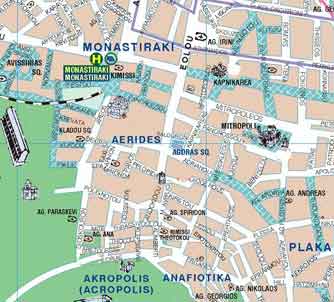about his prison time in Athens, first at Monastiraki Prison
and then at Liosia Prison Camp.//
another Japanese ship full of Turkish POWs click here for
a TNT report about Turkish POWs from another war
being transported back to Turkey but highjacked by the
Greeks in the Aegean Sea in 1921.

Greeks fleeing Izmir in early September 1922.
Toward Greece:
Herewith I submit some observations from my time in
captivity in
Greece, which lasted from 6 September 1922 to 6 April 1923:
On Wednesday, 6 September 1922, we left Izmir aboard a
Japanese
ship and reached Piraeus on Friday, 8 September 1922. Again, we
were paraded in handcuffs from
Piraeus to Athens and put into the
Monastiraki Prison. We were housed in a 4-square-meter cement,
airless, gloom-filled room in the prison’s basement and the room’s
iron door bolts
were locked. There was a barrel in the corner
of the
room for use as our toilet.

20 of
us were stuffed into this room but after 10 minutes the door
was opened and I
and my friend, teacher Sadeddin Bey, were taken out
and brought to an
automobile garage. We were searched and
whatever
we had on us was taken away.
They had us unload sacks of grain from
a truck at the door of the garage
and then they made us clean the garage.
When we returned to the prison we told the other fellows about our
experience.
Among us there was someone
who knew Greek so we had him talk to
the sergeant and soldiers about bribes –
this is how we we exempted
from forced labor.
From the prison we were transported to the Liosia
(also spelled Lucia or Losya in other POW reports) prison camp but
they
took 1,000 drachmas from us as a transport fee, although the truck
we rode in
only cost them 150 drachmas. We realized
that in the world
of these scoundrels money is everything.
The Liosia Prison Camp:
it is a 4-pavilion garison built by the French
at the beginning of the
Great War with old worn-out tents left over from
the War of ’93
(Turkish-Russian War of 1877-78) that they got from a
warehouse in
Salonica. The camp is situated in a
field between the
Yenişehir highway and the Patras-Salonica railroad. Of the 2,000
prisoners, about 800 were
civilians and the rest soldiers. There
were
8, 10 women prisoners, as well, along with 90-year-old elderly people,
children as young as 3 and 5, and blind
and crippled people who
couldn’t work or even walk. Some of the women were pregnant and
others
were breast-feeding.

At the garrison, 20 of us were stuffed into two tents. Since it was still
summertime, we were able
to put up with the tears and rips in the tents.
Within 4 or 5 days of settling into the tents, Ekrem Bey’s suitcase was
stolen. Some of my clothes were in the
suitcase, too, along with Ekrem
Bey’s 50 liras.
We found out who stole the suitcase but because the
officers were in
league with the thieves, our complaints came to naught
and we were
ignored. Just about every day, clothes,
boots and
underwear were stolen by the many
thieves.
There was a perfectly good water tank and fountains at the
camp but
during the entire 8 months that we were there we never saw them
working. The prisoners who came before
us said they saw them work
twice. The
story was that the water didn’t flow because of the
government’s unpaid debt to
the water company. Nevertheless, every
15 or 20 days money was collected from prisoners by the officers for
water but still none of us ever saw it
flow. We had to bribe the sergeant
and
soldiers in order to go get water from the church about 500 meters
from the
garrison. We were almost like
subscribers, paying 5 drachmas
each to obtain 4 or 5 days of water. Those without any money had to
fight for a
canteen of water.
We filed a complaint
with the garrison commander, prompting him to
order water to be available for
all of us. Half an hour later, though,
we
were all confined to our tents and the fiends who were roaming around
the
tents would beat the prisoners on the
slightest pretext. Anyone
thinking about
going to the commander about this would either be
denied permission or characterized
as a provacateur and jailed.
Food was given twice a day.
This amounted to half a pack of tobacco,
two cans of sardines, four
olives, 7.5 dirhem (one dirhem is 1/400 of an
okka , which is equal to 2.8
lbs.) of either cheese or tahin helva.
When
hot food was provided it was either beans or potatoes. Two okka of
beans were thrown into a 200-okka
capacity cauldron, along with 200
dirhems of olive oil. Each prisoner was given a spoon. In honor of
holidays or Easter a meal with
meat was sometimes provided. A rib
of an
old ox would be boiled from evening to morning and from
morning till noon but
still retain its redness. Then it was
thrown into
a pot.
From the commander
down to the lowliest private, the Greeks would be
so proud and grand about
giving the prisoners a meal with meat.
The
poor prisoners, who never got a decent meal on any day, would attack
the meat right away, ripping off pieces and trying to chew it. But the
meat could neither be eaten or
swallowed. Nevertheless, the next day
everyone had diarrhea and would collapse around the tents.
//END of PART XXVIII-E//

Hiç yorum yok:
Yorum Gönder